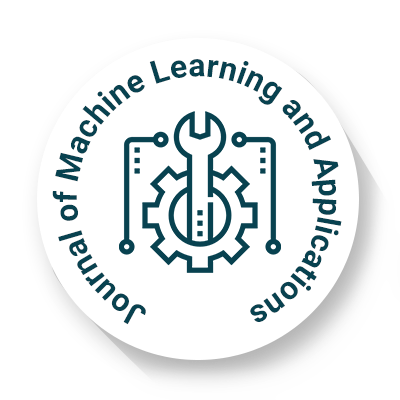
Journal of Machine Learning and Applications
OPEN ACCESS

OPEN ACCESS
A large language model (LLM) is a kind of machine learning model created for tasks related to natural language processing as well as language generation. LLMs are language models that have a high number of parameters and are developed through self-supervised learning on a substantial
volume of text. In the realm beyond enterprises, it might appear that LLMs have suddenly appeared, coinciding with advancements in generative AI. Nonetheless, numerous companies, such as IBM, have dedicated years to adopting LLMs at different levels to improve their natural language
understanding (NLU) and natural language processing (NLP) abilities. This has occurred concurrently with progress in machine learning, encompassing models, algorithms, neural networks, and transformer architectures that form the framework for these AI systems. LLMs represent a class of foundational models trained on extensive data sets to deliver the essential capabilities needed to support various use cases and applications, in addition to addressing numerous tasks. This sharply contrasts with the concept of developing and training specialized models for each use case
separately, which is unfeasible by many standards (especially cost and infrastructure), hinders synergies, and may result in lower performance. A fundamental trait of LLMs is their capacity to answer unforeseen questions. A conventional computer program accepts instructions in its standard
syntax or from a specific range of user inputs. A video game features limited numbers of buttons, an application encompasses a definite range of options to click or type, and a programming language consists of specific if/then declarations. In contrast, an LLM can interpret natural human language and apply data analysis to respond to an under-structured question or prompt meaning.